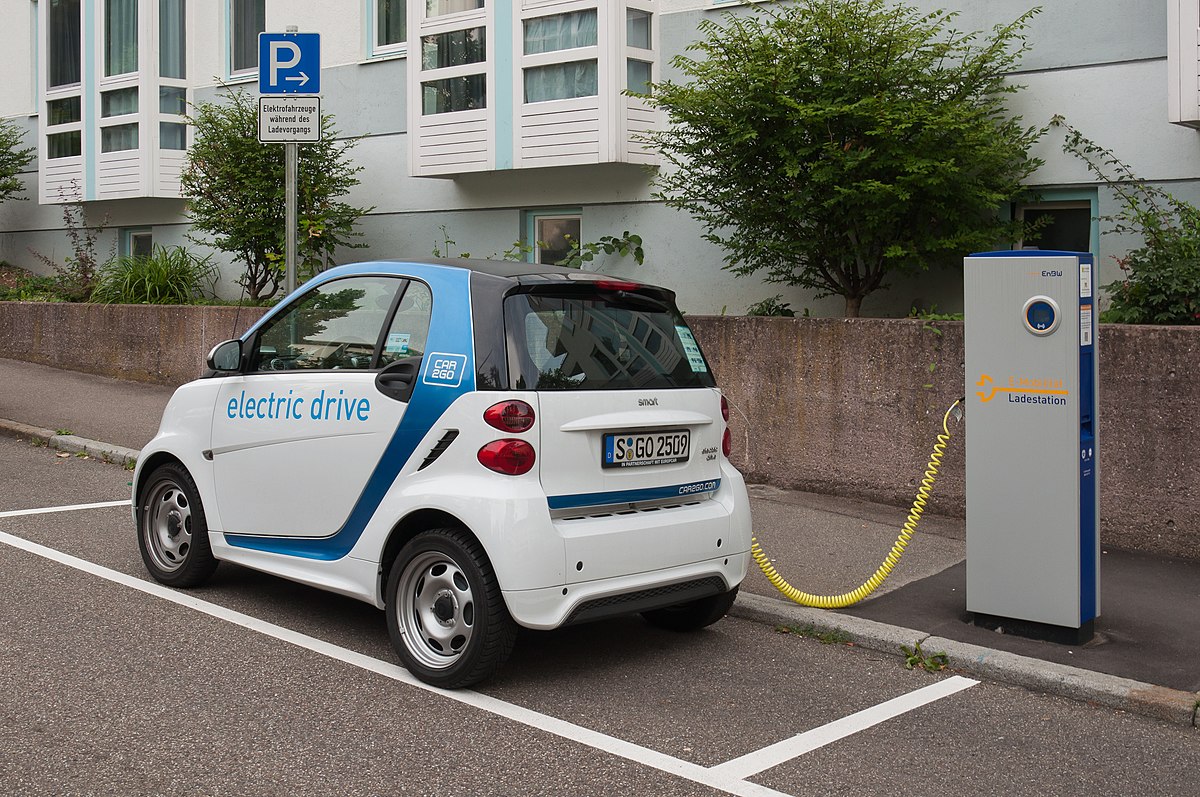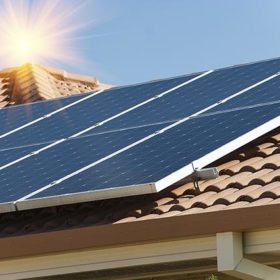The proliferation of lithium-ion battery cells, powering everything from smartphones to electric vehicles, is projected to hold its 80% market share of the rechargeable battery market for the foreseeable future. But these batteries are expensive, require raw materials from unstable geopolitical regions, and are not fully removed from fire or explosion risk in extreme conditions.
Battery experts from the University of Houston contend that improvements in aqueous batteries, which use water-based electrolytes, are generally regarded as safe, reliable and affordable alternatives to lithium-ion cells.
“The idea is to develop advanced aqueous batteries that can combine better safety and higher voltage,” said Dr. Yan Yao, the Hugh Roy and Lillie Cranz Cullen distinguished professor of electrical and computer engineering at the Texas Center for Superconductivity at the University of Houston. Yao has been leading research on energy storage materials and devices for just over a decade.
In a study published in Nature Reviews Materials, the group said innovations involving materials and chemistries, coupled with other research advances have created new opportunities for an advanced form of aqueous batteries.
Rechargeable aqueous batteries offer some advantages to lithium-ion. Raw materials are abundant and low-cost with minimal requirements for manufacturing environments. The battery chemistry is non-inflammable, requires simple fabrication and provides high power, which determines how long it takes to fully charge and accelerate from 0 to 60 mph.
Aqueous batteries are not without certain drawbacks, too. Cells have a narrow thermodynamic electrochemical stability window, faulty operations that could lead to explosions and, of course, low energy density.
The study contends modern versions made with innovative materials that are in the early stages of commercialization are key developments in the transition to a battery research breakthrough.
According to the researchers, the goal is to widen the window of electrochemical stability, allowing battery chemistry to work across wider voltage ranges and produce more energy, leading to new opportunities.
“How we integrate the different components will have a profound impact in this field,” said Yanliang “Leonard” Liang, research assistant professor of electrical and computer engineering at University of Houston. “We must mix and match and try new combinations. Sometimes it will result in improvement in one area but compromises in another.”
Liang, whose research spans everything from solid-state and aqueous batteries to multivalent metal batteries, as well as lithium and sodium batteries, is hopeful that an aqueous battery is achievable thanks to modern tools and new discoveries. “One day, you will have an aqueous battery that has the same voltage as the lithium-ion battery, but it will be safer because it is water-based,” he said.
LiBeyond launch
Yao and Liang recently launched a start-up company, LiBeyond, to scale up and further develop battery technologies developed at the university. The pair envisions applications in electric vehicles and other areas of transportation to help power entire fleets and grid-scale energy storage.
The company is focused on two platforms. The first is a magnesium organic battery system that will compete with lithium battery technologies with fast charging capability targeted for EV applications.
The platform is supported by $4.4 million of ARPA-E funding from February 2022, and includes Toyota North America as a vertical partner with the start-up.
The second platform, which is still in the ideation phase, is a solid-state battery material and solution also tested for EV applications.
Over the last few years, the non-lithium ion battery market has spawned a few noteworthy start-ups. Based in Somerville, Massachusetts, Form Energy released a long-duration energy storage technology using an “aqueous air battery system” in order to commercially deploy a 1 MW/150 MWh long-duration storage solution. The stealthy start-up has raised more than $818 million in VC funding to date from TPG’s Rise Fund, GIC, CPPIB, Coatue Management, Energy Impact Partners, NGP Energy Technology Partners, ArcelorMittal, Temasek and Macquarie, among others.
This content is protected by copyright and may not be reused. If you want to cooperate with us and would like to reuse some of our content, please contact: editors@pv-magazine.com.









Lead acid batteries, in use for over 100 years, do not catch fire and are great when weight is not a problem like in fixed locations on homes and businesses. Robust packaging and sturdy connection points have seen these starting engines on cars, truck, boats and airplanes for over a century. So why is it we do not see these safe batteries stacked outside of more homes rather than “Power Walls”? Water based with some sulfuric acid and lead; these batteries cost 1/5th the price per kilo wat hour of lithium and will last 6 years before replacements are required. What one pays for a lithium power wall that might last 12 to 14 years, one could have 5 full replacements lasting 30 years in total for the same price without the risk of fire.
Crazy idea…BUT I wonder if the advantage of an aqueous flow battery could also serve ‘double-duty’
as a heat exchange (cooling circuit) for a more powerful lithium ion battery pack. Thus, a separate lithium ion battery cooler is replaced with a range extending 2nd battery (flow battery acting as: [1] A heat ex-changer and [2] A second battery).